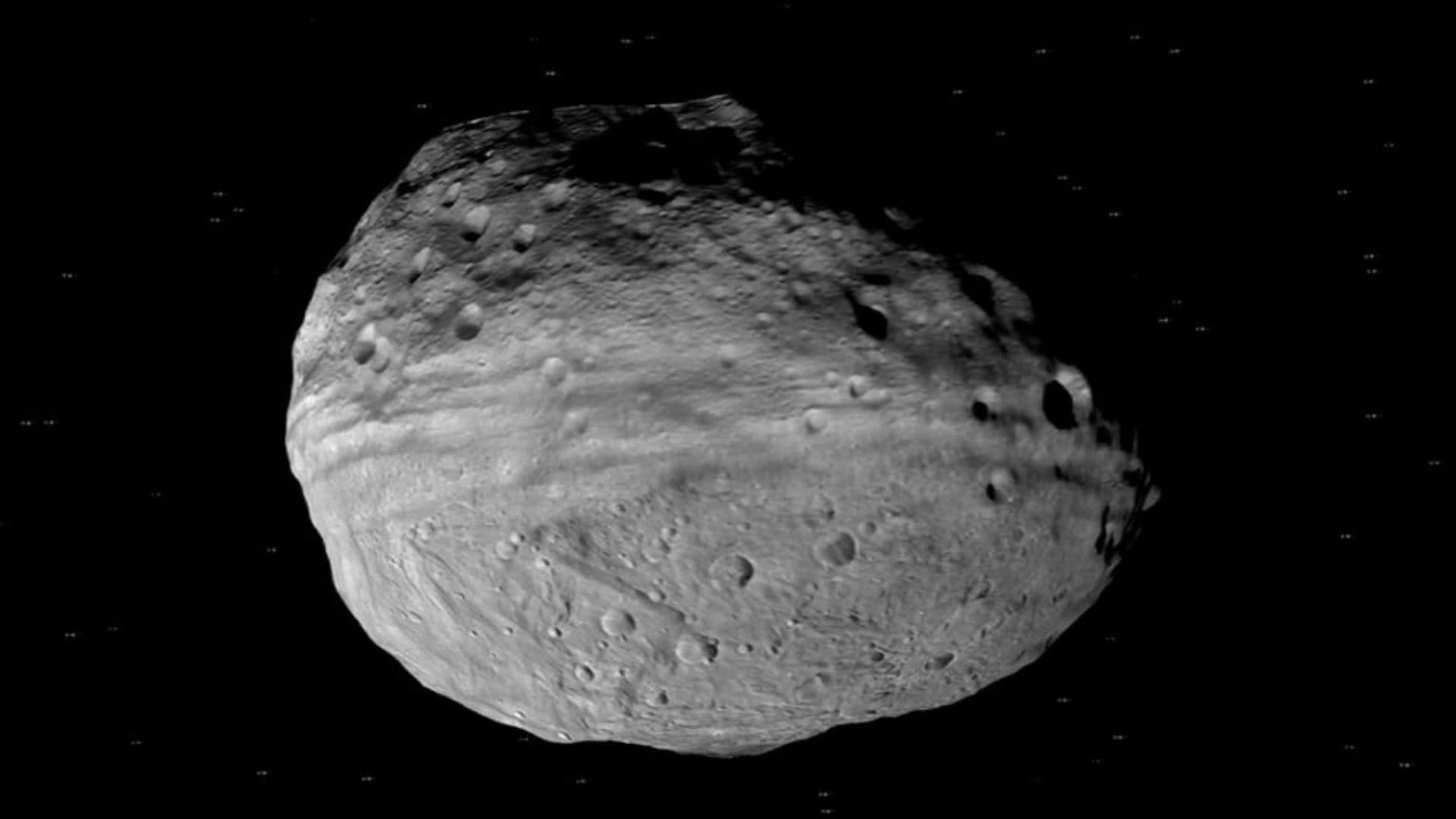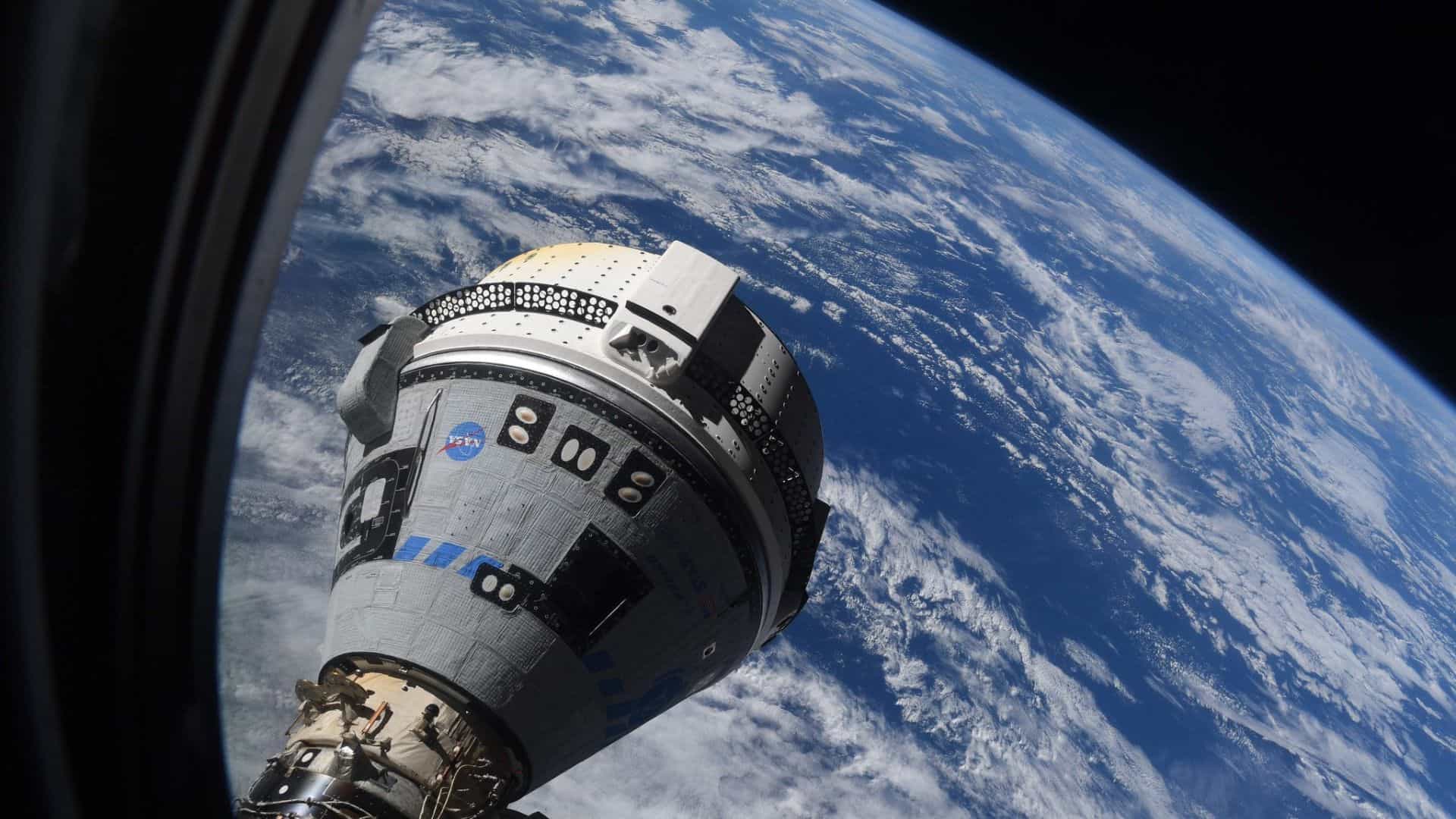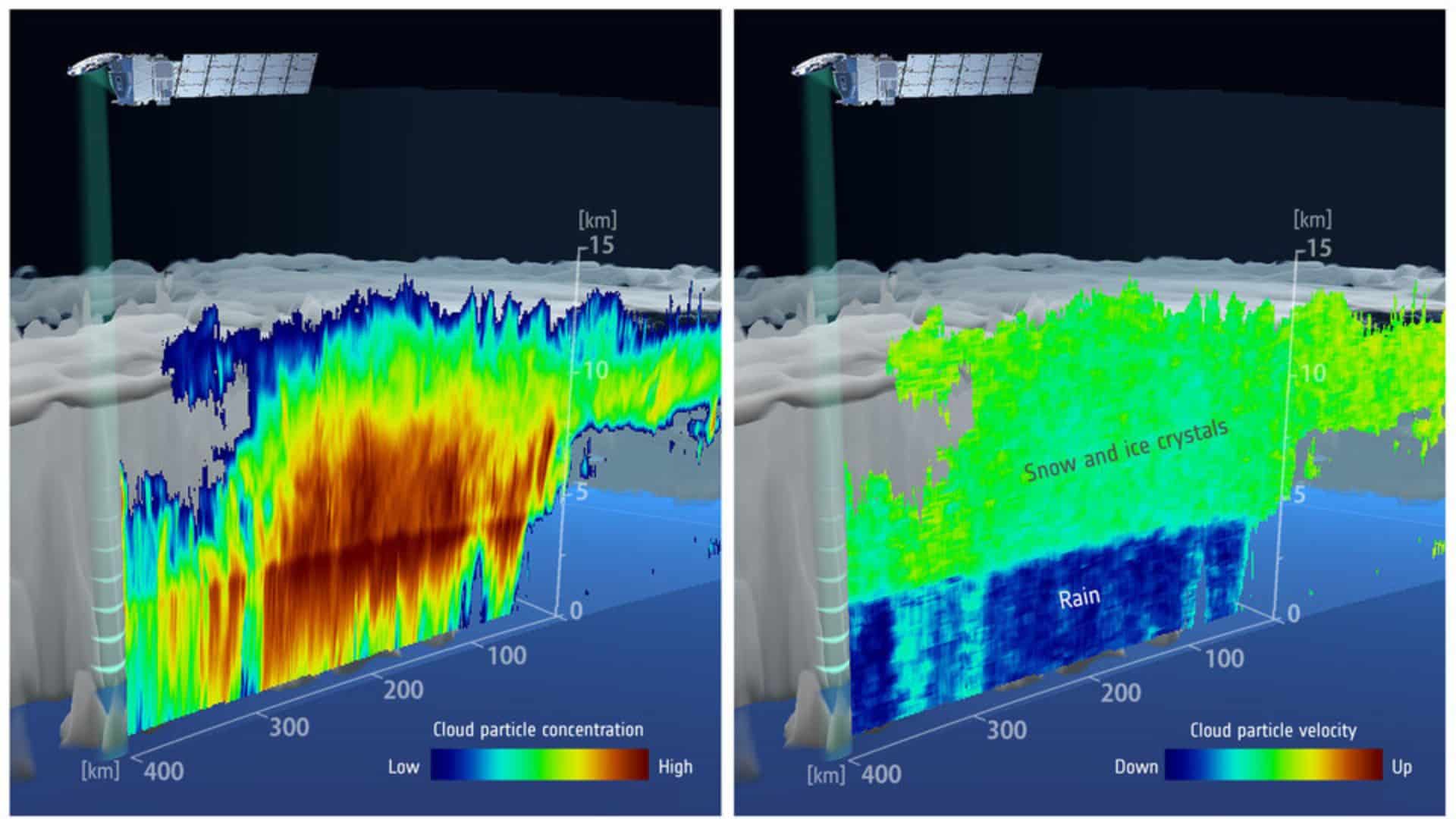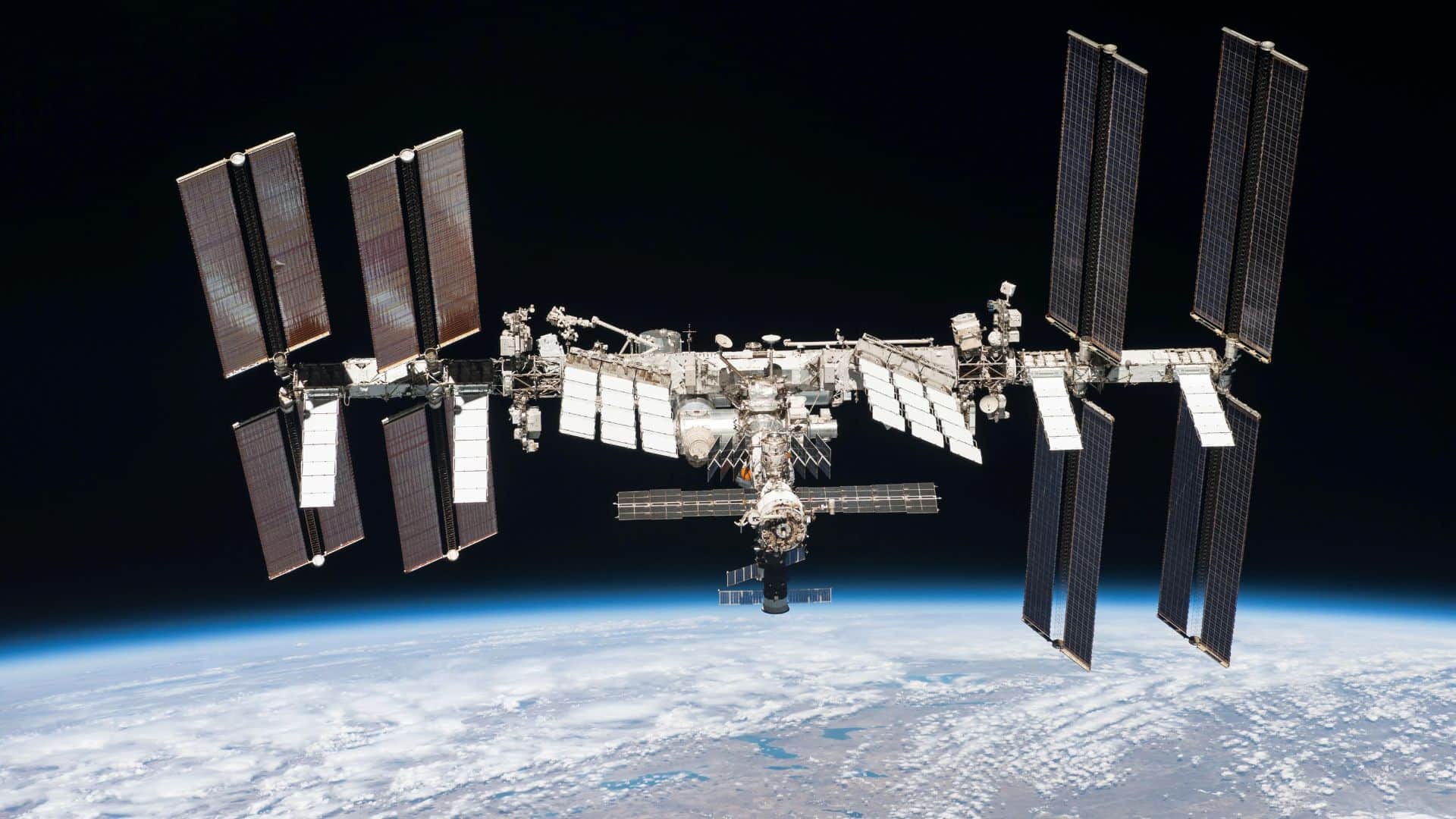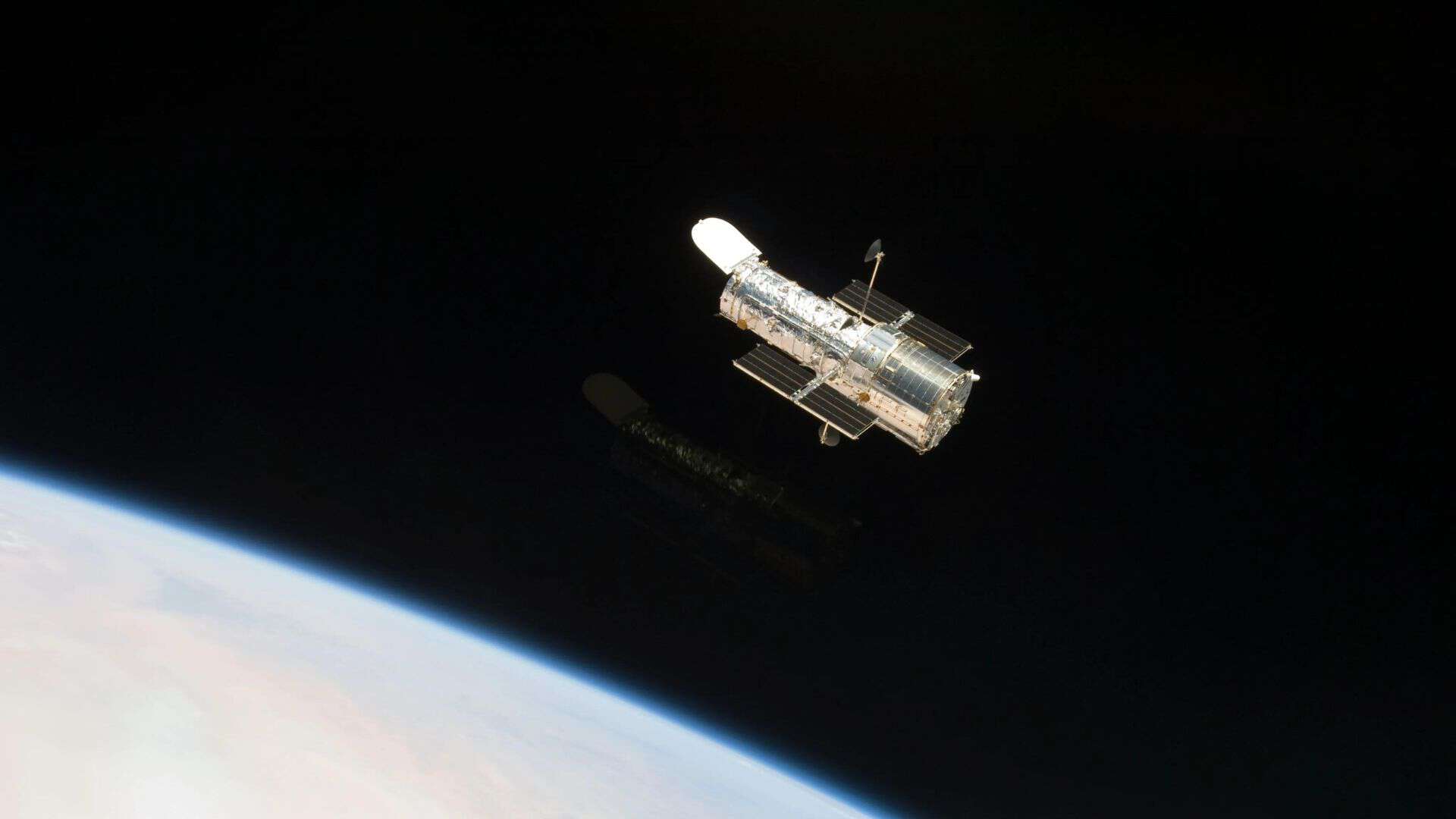
NASA successfully transitioned the Hubble Space Telescope to an alternate operating mode that uses one gyroscope.
As a result, the space telescope has restarted its daily science operations as of Friday, June 14, 2024, NASA said in a statement.
At present, only two out of six gyroscopes of the Hubble Space Telescope are operational, and NASA is using only one gyroscope while keeping another gyroscope available for future use.
This is the only way to keep the Hubble space telescope alive through this decade and into the next, as NASA has no current plan for Hubble’s servicing mission.
A gyroscope is an instrument that controls a telescope’s slew rate (rotational motion). It ensures a telescope remains at the correct pointing during observations.
What happened with the Hubble Space Telescope?
The Hubble Space Telescope had a total of six gyroscopes when it launched into Earth’s orbit in 1990.
Each gyroscope has a wheel that rotates 19,200 times per minute and determines Hubble’s slew rate.
These gyroscopes need to be replaced occasionally as they start giving faulty readings due to the wear and tear of their thin, metal wires.
Astronauts had replaced all six gyroscopes on Hubble during the fifth and final servicing of the orbiting observatory in 2009. Seven astronauts went into Earth orbit aboard Space Shuttle Atlantis to troubleshoot Hubble on May 11, 2009.
Hubble needs three of its six gyroscopes to ensure maximum efficiency, but it can continue its science observations with only one gyroscope if required.
The telescope had lost three gyroscopes within a few years of the last servicing mission, and currently only two gyroscopes are operational.
Hubble’s fourth gyroscope was giving faulty readings over the past six months, and as a result, Hubble went into safe mode several times. Last time, it went into safe mode on May 24, 2024.
That’s why NASA decided to operate the Hubble Space Telescope in one-gyroscope mode because they failed to recover the fourth gyroscope.
However, there are some minor limitations to continuing science observations in one gyroscope mode. The telescope will take more time to slew and lock onto a science target and won’t have as much flexibility as to where it can observe at any given time. It will also not be able to track moving objects closer than Mars.
The Hubble Space Telescope has been observing the universe for more than three decades since its launch on April 24, 1990, and recently the telescope celebrated its 34th anniversary.
No private servicing mission
For now, NASA has no plans to send a private mission to fix Hubble.
NASA official Mark Clampin said in a statement, “Our position right now is that, after exploring the current commercial capabilities, we are not going to pursue a reboost right now.”
NASA has expressed concern that a private mission could potentially damage Hubble.
Please bookmark Spaceandtelescope.com or follow us on Facebook and Twitter to get latest space news, upcoming skywatching events and astronomy-related content.
